7 /10 1 Votes7
5.4/10 MyAnimeList Composer(s) Tsukasa Masuko Initial release date 11 September 1987 | 3.1/5 Goodreads 4.6/5 Emuparadise Genre Role-playing video game | |||||||||||||||||||||||||||||||||
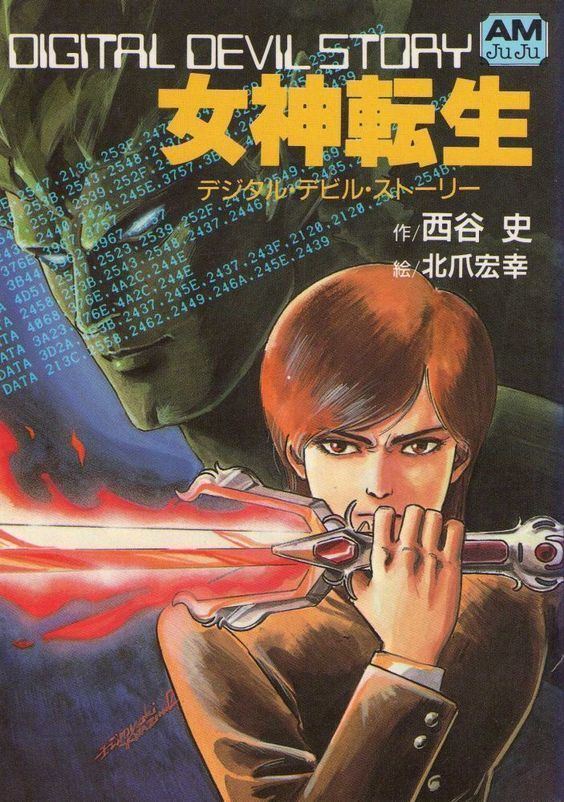 | ||||||||||||||||||||||||||||||||||
Release date(s) FamicomJP: September 11, 1987Super FamicomJP: March 31, 1995 Platforms Nintendo Entertainment System, Super Nintendo Entertainment System Similar Megami Tensei games, Atlus games, Role-playing video games | ||||||||||||||||||||||||||||||||||
Digital devil story megami tensei ii famicom complete soundtrack single video
Digital Devil Story: Megami Tensei (Japanese: デジタル・デビル
Contents
- Digital devil story megami tensei ii famicom complete soundtrack single video
- Digital devil story megami tensei
- Gameplay
- Plot
- Remake
- Reception and legacy
- References
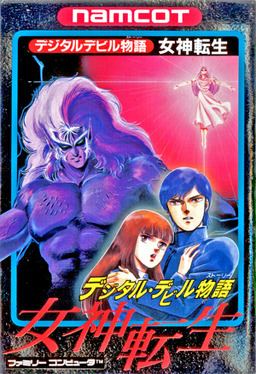
It was released for the Family Computer by Namco in 1987. A game of the same name was released on the PC88 and MSX from Telenet Japan, although the RPG aspects were cut down drastically.
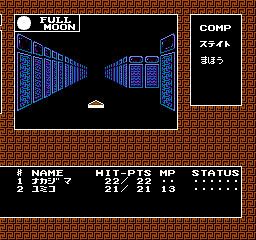
Digital devil story megami tensei
Gameplay
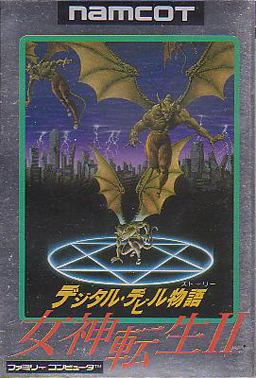
Digital Devil Story: Megami Tensei features several gameplay elements that became standards in the rest of the series, including demon catching and fusing and first-person dungeons. The player takes the role of two human characters, Nakajima and Yumiko, who can equip weapons and armors, and are provided with ability points and an experience level. Both of them have limited hit points (HP). Yumiko can cast magic spells, while Nakajima can collect items and summon demons.
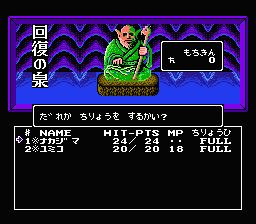
The player explores dungeons, where they meet various characters providing hints and quests, some of which are mandatory to make progress. Dispersed in the dungeons are treasure chests containing money and health-replenishing jewels. Some dungeon areas are dark, with the map being unusable and the walls not being possible to see, and some areas deprives the characters of 1 HP for each step they take. The player also encounters shops where they can buy weapon and armor, springs where they can recover health and magic points in exchange for money, and "rag shops", where special items can be obtained in exchange for amethysts.
Battles are turn-based, with random encounters taking place while exploring dungeons. At the end of a successful battle, experience points, money, and items are obtained. Experience points are shared by Nakajima and Yumiko; by gaining enough experience points, their levels raise, and they are given one ability point each, which can be given to one of five character attributes: strength, intelligence, attack, dexterity, and luck. During battles, the player can try to persuade enemy demons to join them, in exchange for magnetite, money, or items. The player can keep seven demons at the time, of which up to four can be summoned at a time; summoned demons aid the player in battles with physical and magic attacks, but cost money to summon, and consume magnetite as the player walks around. Demons do not level up; instead, the player can create stronger demons by visiting a special location and fusing two of their allied demons together into a new one.
Plot
Akemi Nakajima is a high school student and a computer programming prodigy who created a program that can summon demons from Makai. His original intentions for the program were to gain revenge on a classmate who had fought with him. He brings his friend Yumiko Shirasagi, a transfer student that became interested in Nakajima and found to be the reincarnation of the goddess Izanami, to combat the malicious demons he unleashed. Nakajima had been tricked into summoning a demon named Loki with his program, whereas the American computer genius Isma Feed has summoned the demon Set in order to use its power. The game is assumed to take place after the first two Digital Devil Story novels when the demons Loki and Set have been defeated, and it diverges from the original ending of the third novel. The demon Lucifer has revived them, though, in order to prepare to invade the human world once again.
The game takes place entirely in an extensive labyrinth constructed by the great demon king (大魔王 daimaou) Lucifer. The maze is divided into 6 large areas, each guarded by powerful demons.
Remake
On March 31, 1995, Atlus remade the Namco version, along with its sequel Digital Devil Story: Megami Tensei II and released a single Super Famicom cartridge titled Kyūyaku Megami Tensei (旧約・女神転生, "Megami Tensei: The Old Testament", or "The Goddess Reincarnation of the Old Testament"). It was released only in Japan. Atlus did not take too many liberties with the original gameplay. A few portions of the dungeons of the first game were redone, along with new save game and teleportation terminal features which previously did not exist. The graphics and music were enhanced to match the capabilities of the Super Famicom. The Super Famicom version was later re-released on the Virtual Console on July 3, 2012.
Reception and legacy
Hardcore Gaming 101 stated that "It's surprising how in depth the monster catching and fusing elements are given the game's age... Unlike other games of time, the battles do move quickly, especially with the handy auto battle feature, so the high monster encounter rate is almost balanced out."
Digital Devil Story: Megami Tensei was the first game in the Megami Tensei series, which has been called the third most popular RPG series in Japan, after Dragon Quest and Final Fantasy. Many of its gameplay aspects have been retained throughout games in the series, most notably the demon catching and fusing.
Digital Devil Story is considered to be the first notable cyberpunk video game. It was notable for abandoning the common medieval fantasy setting and sword and sorcery theme of RPGs in favour of a modern science fiction setting and horror theme. It introduced the monster-catching mechanic with its demon-summoning system, which allowed the player to recruit enemies into their party. It also featured an early conversation system that gives the player a choice of whether to kill or spare an enemy and allows them to engage any opponent in conversation.
